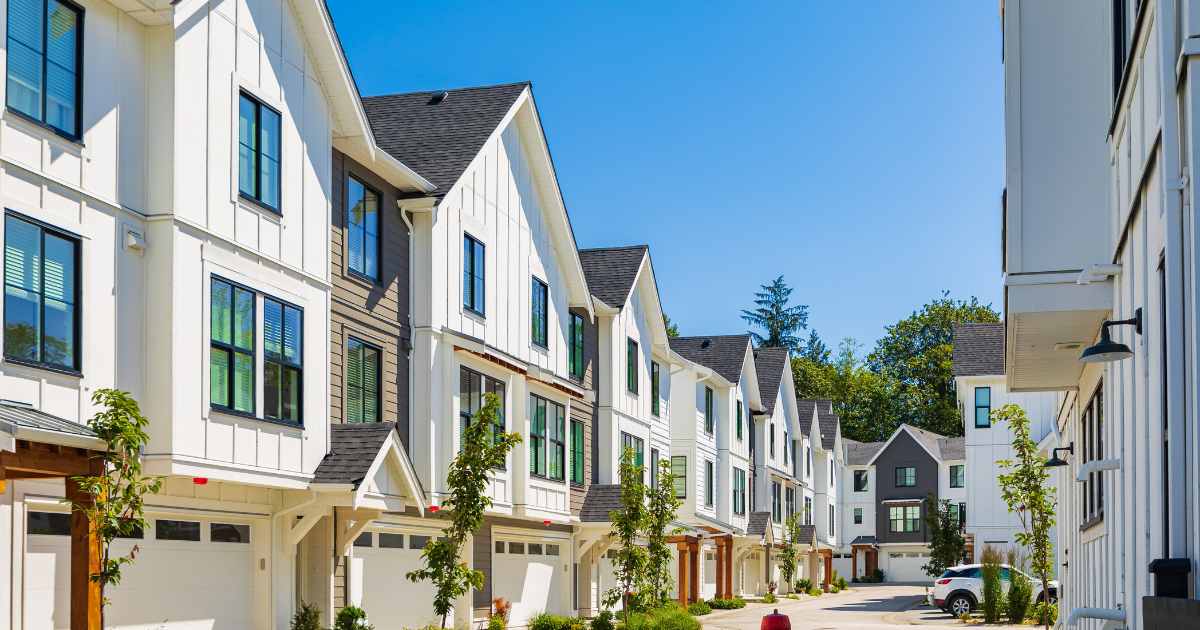It’s a bright morning at your condo association’s annual meeting, and the board is discussing the upcoming budget. Everything seems in order until someone brings up the unexpected: a slip-and-fall lawsuit filed by a visitor in the common area. The board scrambles to review its insurance coverage. Does the master policy cover this? What about liability for board members?
These scenarios are increasingly common, and with 2025 bringing new challenges, condo boards must ensure their communities are adequately protected. Here’s what every condo board needs to know about best practices for insuring their associations.
Key Coverages Every Condo Board Needs
Community associations operate as mini-governments, managing shared spaces and ensuring residents’ well-being. As such, they face a variety of risks, each requiring specific insurance solutions:
- Directors and Officers (D&O) Liability Insurance: Protects board members from personal liability arising from decisions made in their official capacity. For example, disputes over budget allocation or assessment increases can lead to lawsuits.
- Property Insurance: Covers damage to shared structures, such as roofs, hallways, and lobbies. In the event of a fire or natural disaster, this ensures repairs can be made promptly.
- General Liability Insurance: Covers injuries or property damage occurring in common areas, like pools, gyms, or parking lots.
Having the right mix of policies is essential for shielding the association and board members from unexpected financial burdens.

Master Policies vs. Unit-Owner Policies
One of the most common misunderstandings among condo boards and residents is the difference between master policies and unit-owner policies:
- Master Policy: Covers shared spaces and the building’s structural elements. This is managed by the association and often paid for through HOA fees.
- Unit-Owner Policy: Covers the interiors of individual units, including personal belongings and upgrades made by the owner.
To avoid gaps in coverage, boards should ensure that residents understand the scope of the master policy and encourage unit owners to obtain their own insurance. Clear communication can prevent costly disputes in the event of a claim.
Managing Common Claims
Condo boards often face claims related to:
- Common Areas: Slip-and-fall incidents, broken elevators, or gym equipment injuries.
- Natural Disasters: Floods, hurricanes, or earthquakes can lead to extensive property damage.
- Community Disputes: Legal action stemming from disagreements over bylaws or enforcement actions.
Boards can mitigate these risks by conducting regular property maintenance, reviewing bylaws annually, and ensuring their insurance policies address specific regional risks, such as hurricanes in coastal areas or wildfires in dry regions.
Legal Trends and Regulations in 2025
New regulations in 2025 are impacting condo associations. For instance, stricter building safety requirements may affect insurance premiums, while evolving laws around discrimination and accessibility require updated bylaws. Boards should consult legal and insurance advisors to remain compliant and protected.

Why It Matters
Condo boards play a critical role in protecting their communities. Without proper insurance, associations face significant financial exposure, putting both board members and residents at risk. By securing the right coverage, understanding policy distinctions, and staying ahead of legal trends, boards can safeguard their communities for years to come.
At Tooher-Ferraris Insurance Group, we specialize in insurance solutions for community associations. Our team is here to guide your board through the complexities of insuring your condo association. Contact us today for a consultation.









